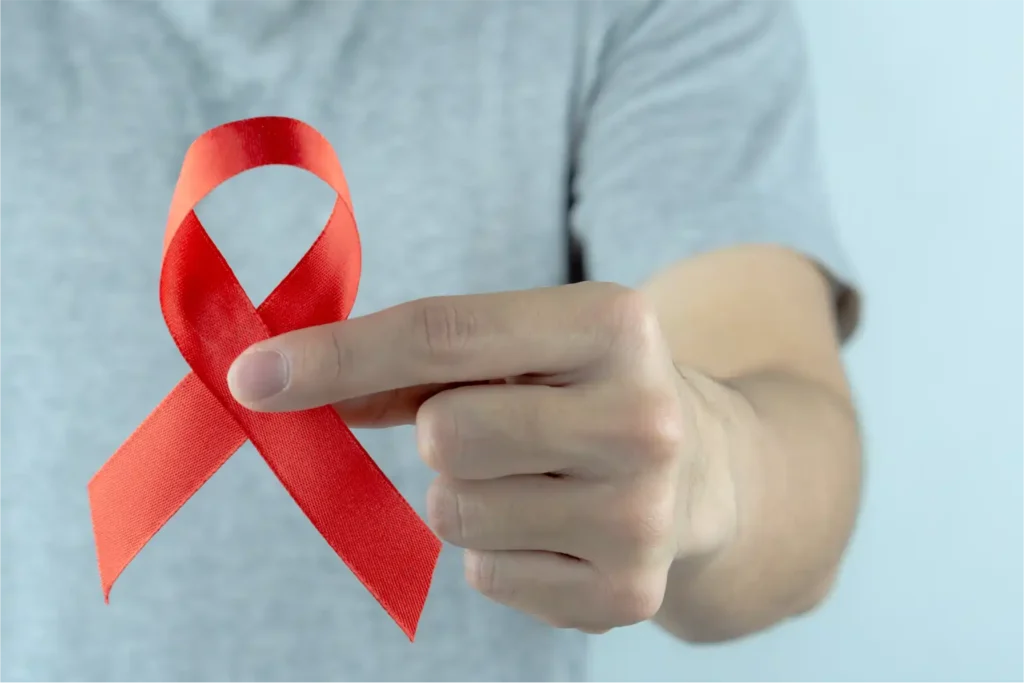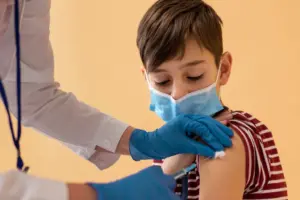
More than 4 million AIDS-related deaths and 6 million new HIV infections could occur globally by 2029 if urgent action isn’t taken to replace withdrawn US funding, the United Nations has warned in a new report.
The alarm comes just months after the US abruptly halted $4 billion in promised funding for global HIV/AIDS programs. The decision, made in January 2025, has caused what UNAIDS describes as a “systemic shock,” upending decades of progress and putting millions of lives at risk.
Also Read | USAID cuts could lead to 14 million additional deaths by 2030: Study
According to the report released, the funding cut has already shuttered health clinics, collapsed HIV testing and prevention efforts, disrupted life-saving supply chains, and left thousands of frontline workers without support, particularly in low- and middle-income countries where US aid had formed the backbone of HIV response efforts.
“This isn’t just a pause. It’s a collapse,” warned Angeli Achrekar, UNAIDS Deputy Executive Director and former PEPFAR deputy coordinator. “If this gap isn’t filled, we’re looking at a catastrophic reversal in the fight against AIDS.”
PEPFAR, the US President’s Emergency Plan for AIDS Relief, was launched in 2003 by President George W. Bush and has since become the largest commitment by any nation to combat a single disease. In countries like Nigeria, it covered nearly 100% of the national HIV medicine budget.
But in early 2025, President Donald Trump suspended all foreign aid, including PEPFAR, without prior warning. While the US Secretary of State issued temporary waivers to allow treatment programs to continue, the long-term future of American support remains uncertain.
The report highlights that the funding void is “impossible to fill” in the short term. While some countries are working to finance their own HIV programs, the scale and speed of the withdrawal have left millions of patients in limbo.
Doctors Without Borders and other frontline organisations say the damage is not limited to access to medication. US-backed HIV surveillance systems, digital health records, and community-based support networks have also been paralysed, making it harder to detect, treat, or contain new cases.
Meanwhile, a twice-yearly injectable drug approved last month in the US, offers new hope. But critics say its high cost and limited availability will keep it out of reach for many nations that need it most.
“We have the science and tools to end AIDS,” said Peter Maybarduk of Public Citizen. “But instead of stepping up, the US is abandoning the fight.”
The UNAIDS report concludes with a stark warning: without immediate international support and restored funding, the world could face a deadly resurgence of a pandemic that had once been on the brink of containment.








